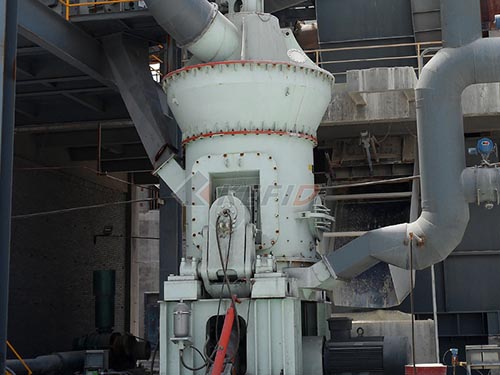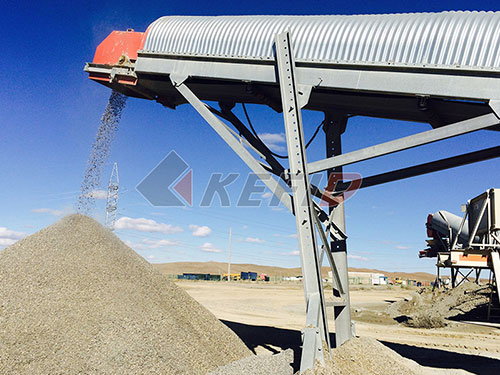The Indispensable Compass: Mastering Your Operation with the Symons Cone Crusher Manual
In the demanding world of mineral processing and aggregate production, efficiency, reliability, and safety are paramount. At the heart of many crushing circuits stands a legend: the Symons Cone Crusher. Renowned for its robust design, versatility across applications (from secondary crushing duties to demanding tertiary reduction), and historical significance – its principles underpinning many modern cone designs – a well-maintained Symons crusher remains a formidable asset decades after its initial introduction.
However, harnessing this power effectively demands more than just feeding rock into one end and collecting product from the other. It requires intimate knowledge of the machine’s intricate mechanics, hydraulic systems, wear characteristics, and operational nuances. This is where The Symons Cone Crusher Manual transcends being merely a booklet; it becomes an indispensable operational compass and maintenance bible.
Beyond Paper: The Manual as Foundational Knowledge
Forget viewing this document as optional paperwork filed away in an office drawer. A genuine Symons Cone Crusher Manual – whether for the classic 2ft through 7ft models or their modern Nordberg equivalents carrying on the legacy – serves several critical functions:

1. Safety Imperative: This is non-negotiable.
Lockout/Tagout Procedures: Detailed steps for safely isolating electrical power and hydraulic pressure before ANY internal inspection or maintenance work begins are clearly defined.
Crushing Chamber Hazards: Warnings about pinch points during mantle/concave changes or bowl removal emphasize procedures using appropriate lifting gear (slings rated correctly!) and blocking methods.

Hydraulic System Safety: Instructions stress relieving hydraulic pressure safely before disconnecting lines or working on cylinders/accumulators.
Rotating Components: Clear reminders about guarding requirements around drive belts/sheaves and dangers associated with moving parts during operation.
Material Handling: Guidance on safe procedures for clearing blockages using designated tools (never hands!) is paramount.
2. Operational Mastery:
Start-Up & Shutdown Sequences: Prescribed steps ensure smooth transitions that minimize component stress (especially thermal shock) on bearings and liners.
Optimal Feed Control: Guidance emphasizes consistent feed size distribution (avoiding segregation), choke feeding vs regulated feed strategies depending on application goals (fines production vs capacity), preventing feeder surges that overload components.
Setting Adjustment Procedures: Step-by-step instructions detail how to

Leave a Reply